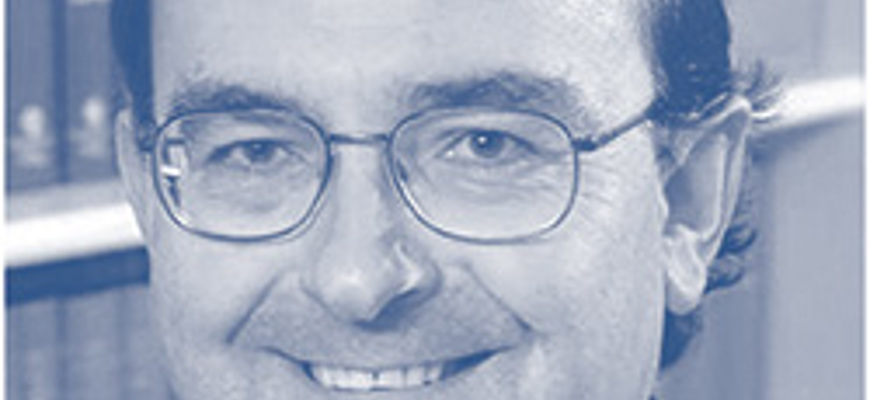The appliance of science?

It is difficult, if not impossible to argue against the scientific evidence behind the Scottish Government’s decision to lower the drink driving limits. With effect from 5 December 2014, the maximum limit is 22 micrograms of alcohol in 100ml of breath (reduced from 35). Expressed in blood alcohol content (BAC) figures, which are more commonly used in scientific papers, the limit is 50 milligrams of alcohol per 100ml of blood (0.05%), reduced from 80. Initial readings, at roadside and in police stations, are measured using the breath test, which may be followed up by a blood or urine test, which many consider to be more accurate.
This looks like a reduction of 37%; however, with the old limits the Crown Office had directed that no one should be prosecuted with a breath reading below 40. That leeway will no longer be applied, meaning that the actual reduction is one of about 50%.
Drink driving convictions in Scotland fell from 11,871 in 1980 to 5,281 in 2011. That is still a very high figure, and one can only speculate at the number of drivers whose breach of the law goes undetected. Supporters of the change pointed out that the UK is one of the few countries in Europe with the BAC at 0.08%, as opposed to 0.05%. More relevantly, there is clear scientific research showing that even with a BAC as low as 0.02%, one’s judgment is slightly impaired, with a decline in visual functions and a decline in the ability to multitask. At 0.05% there is reduced co-ordination and a lowering of inhibitions. This can encourage a more reckless style of driving and reduced responsiveness in emergency situations. Science supports the change.
But where science is irrelevant is in the imposition of penalty, which will remain a mandatory 12 month ban. This apparently is not a devolved matter. A BAC of 0.05% will get you a one month ban in Germany, and six penalty points in France, with suspension optional. The statisticians do not tell us how many accidents there have been where the driver has been recorded with a smaller, but legal, amount of alcohol. Undoubtedly there will be some hard cases where people are caught out the next morning. It is unfortunate that a degree of proportionality in sentencing was not brought in at the same time.
Overprovision: a matter of health?
Scientists have also been busy in the overprovision debate. This article is written in the week where a Sainsbury’s store in Edinburgh was refused permission to add two extra chill cabinets to its existing alcohol display. This is a topic close to the heart of the health lobby.
October saw the publication of a report entitled Alcohol-related illness and death in Scottish neighbourhoods: is there a relationship with the number of alcohol outlets?
Commissioned by Alcohol Focus Scotland, it was produced by CRESH, Centres for Research on Environment, Society & Health in Edinburgh and Glasgow. It is a very short report, extending to 10 pages plus seven pages of appendices. It concludes that there are large variations in numbers of alcohol outlets in Scotland. It has two other key messages. These are: (1) across the whole of Scotland, neighbourhoods with higher numbers of alcohol outlets had significantly higher alcohol-related death rates; and (2) across the whole of Scotland, alcohol-related hospitalisation rates were significantly higher in neighbourhoods with the most alcohol outlets.
There are dangers, however, in relying solely on an executive summary. Criticism of such surveys in the past has been that causal links have not been established. If one delves into the detail of the CRESH report, one sees that this remains the case. The authors concede: “Our outlet availability measures were a relatively crude way of measuring the actual availability of alcohol in a neighbourhood. We should caution that our study was cross-sectional – it looked at a single point in time – hence while it suggested significant associations between outlet availability and alcohol-related harm we cannot conclude that the relationship is causal. Further analyses over time will be required to establish whether the links are causal, but currently alcohol outlet data for Scotland are only available for a single point in time.”
This is a debate to be continued.
In this issue
- Advocacy skills in domestic abuse and rape cases
- Life on the edge
- Signs of equality
- What price on safety failures?
- Off on a frolic? Reining in adjudicators
- Reading for pleasure
- Opinion: Christine O'Neill
- Book reviews
- Profile
- President's column
- Embracing the change
- People on the move
- Thumbs up for LBTT forms
- In five years' time...
- DAS ist gut (for business)?
- Legal aid: time for a rethink
- Holiday pay: turning up the heat
- Law reform: a new era?
- Hearings and the foster parent
- Experts: where to draw the line
- The appliance of science?
- Planning/environment briefing: 2014 – a retrospective
- Slice of luck for house buyers
- Scottish Solicitors Discipline Tribunal
- No bar to working together
- Dilapidations: reinstating the law
- AWI guardianship court for Edinburgh
- Law reform roundup
- Lawyers as leaders
- How did that claim arise?
- Ask Ash
- Head and shoulders above
- New year, new rules






